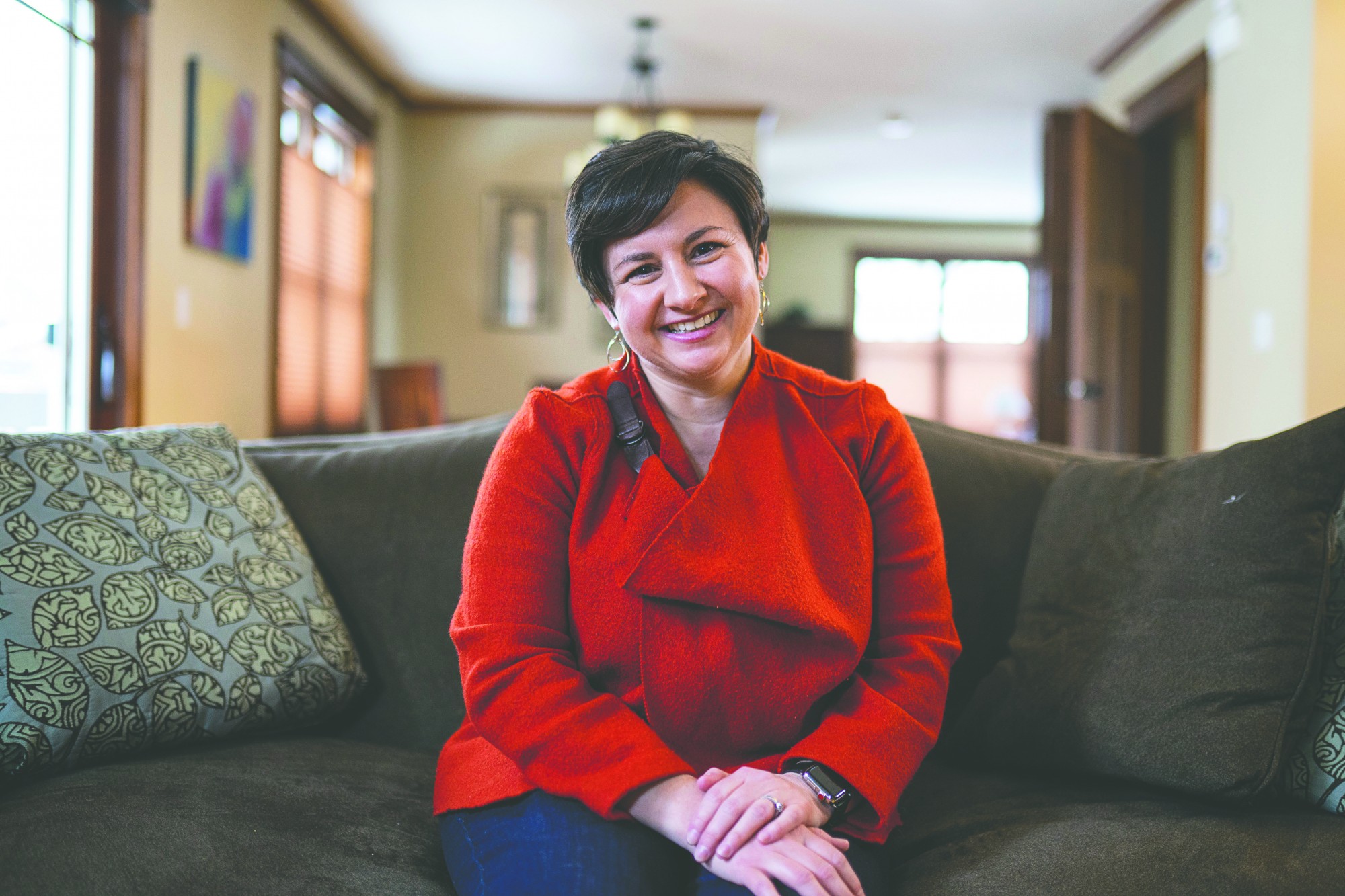University of Minnesota governance is examining the needs of faculty who are not on the path to tenure.
These employees comprise a large portion of teaching and research roles at the University. The Faculty Consultative Committee and Professionals and Administrators Consultative Committee are both working to better understand the unique needs and challenges of individuals in these positions and determine whether they are adequately represented in University governance.
FCC Chair Amy Pittengerinitiated a task force as a continuation of earlier work on this topic by last year’s FCC.
Ned Patterson, chair of the task force, said in a statement emailed to the Minnesota Daily that there are three general categories of faculty-like positions at the University: tenure-track faculty who are bound by the tenure code, contract faculty who mainly work on yearly contracts and instructional academic professionals.
The task force has been charged with examining representation of these workers in University governance and making any suggested changes, Patterson said in the email.
“These people are fulfilling our education mission in the same way, and we just want them to have the same governance voice and protections,” Pittenger said.
Contract faculty cannot be elected members of the FCC under the current Senate constitution, Patterson said in his emailed statement.
The task force is determining the number of individuals in each job classification.
John Deen, chair of the Academic Health Center Faculty Consultative Committee, said often contract faculty are not as embedded in longer-term activities at the University because they have annual contracts.
The reasons for the continuation of their contracts are much more immediate, Deen added, typically dependent on current needs within individual units or departments.
Melissa Kenney, the associate director of Knowledge Initiatives at the University’s Institute on the Environment, oversees contract research faculty and falls under that category herself.
Often contract faculty, specifically researchers, have a higher burden when it comes to funding because they have to fund the majority of their salary through external grants, she said.
When money is more competitive, job uncertainty becomes more of a challenge which can make these jobs more stressful, Kenney added.
Pittenger said job security was another challenge specific to contract faculty. Academic freedom is typically not as protected outside of tenure positions.
“Part of our job is to question and to explore new areas and to be able to do that without fear that you’re going to be fired,” she said.
Some work can get controversial, Kenney said, which is why tenure can be a powerful benefit. However, much of the limitation for contract research faculty often comes from the financial piece, she said.
Because contract researchers are a large portion of University faculty, it is important for them to have voices within the governing body, Kenney said.
Often for tenured faculty, it is clear that the University is making an investment in them. This is sometimes less clear to contract faculty, she said.
“We don’t want to lose capacity for people who have devoted their career to research,” Kenney said.
It benefits and enlivens the University to bring the strengths of contract faculty to the table, Kenney added.








